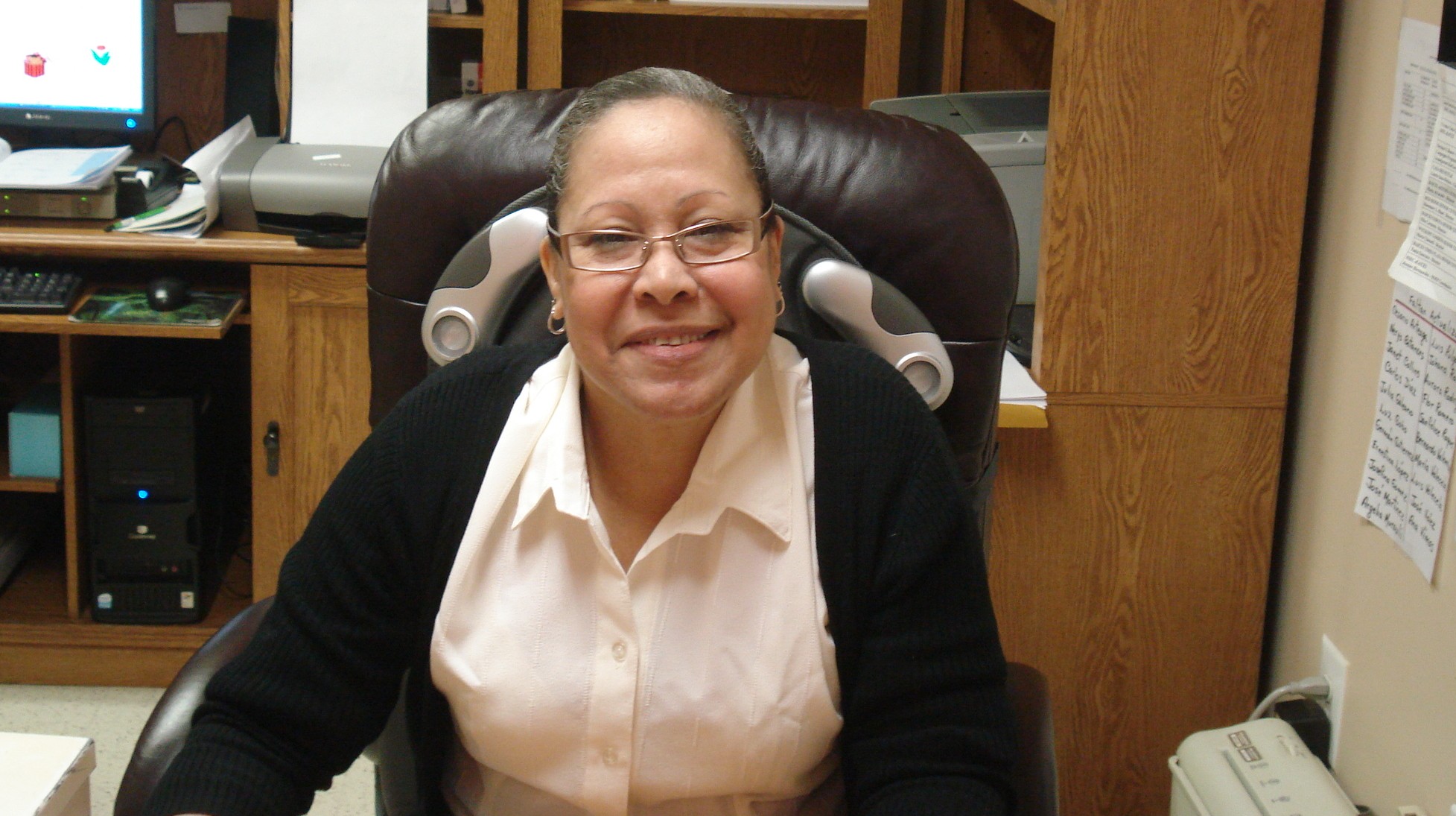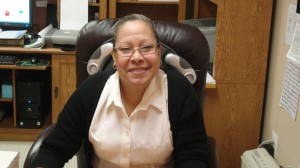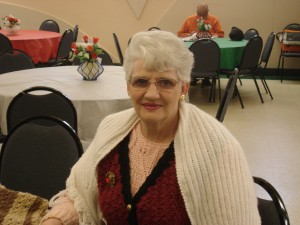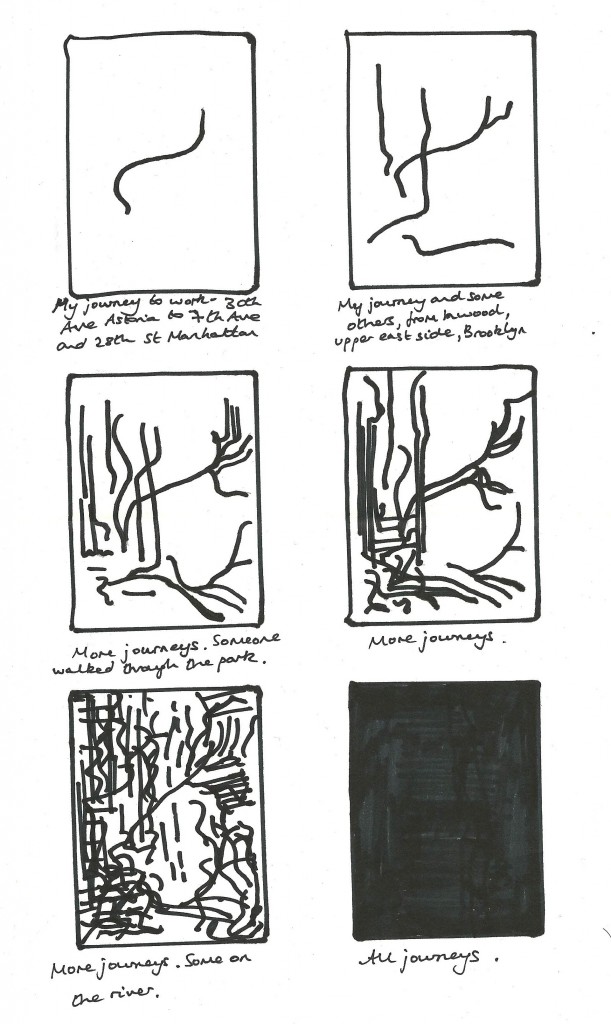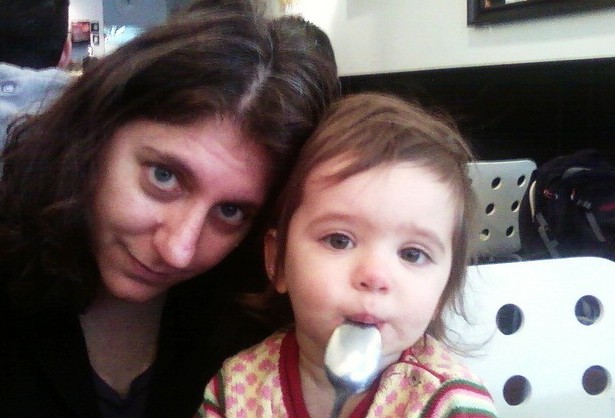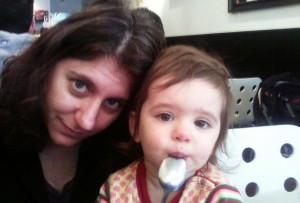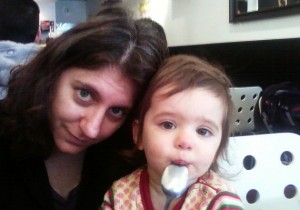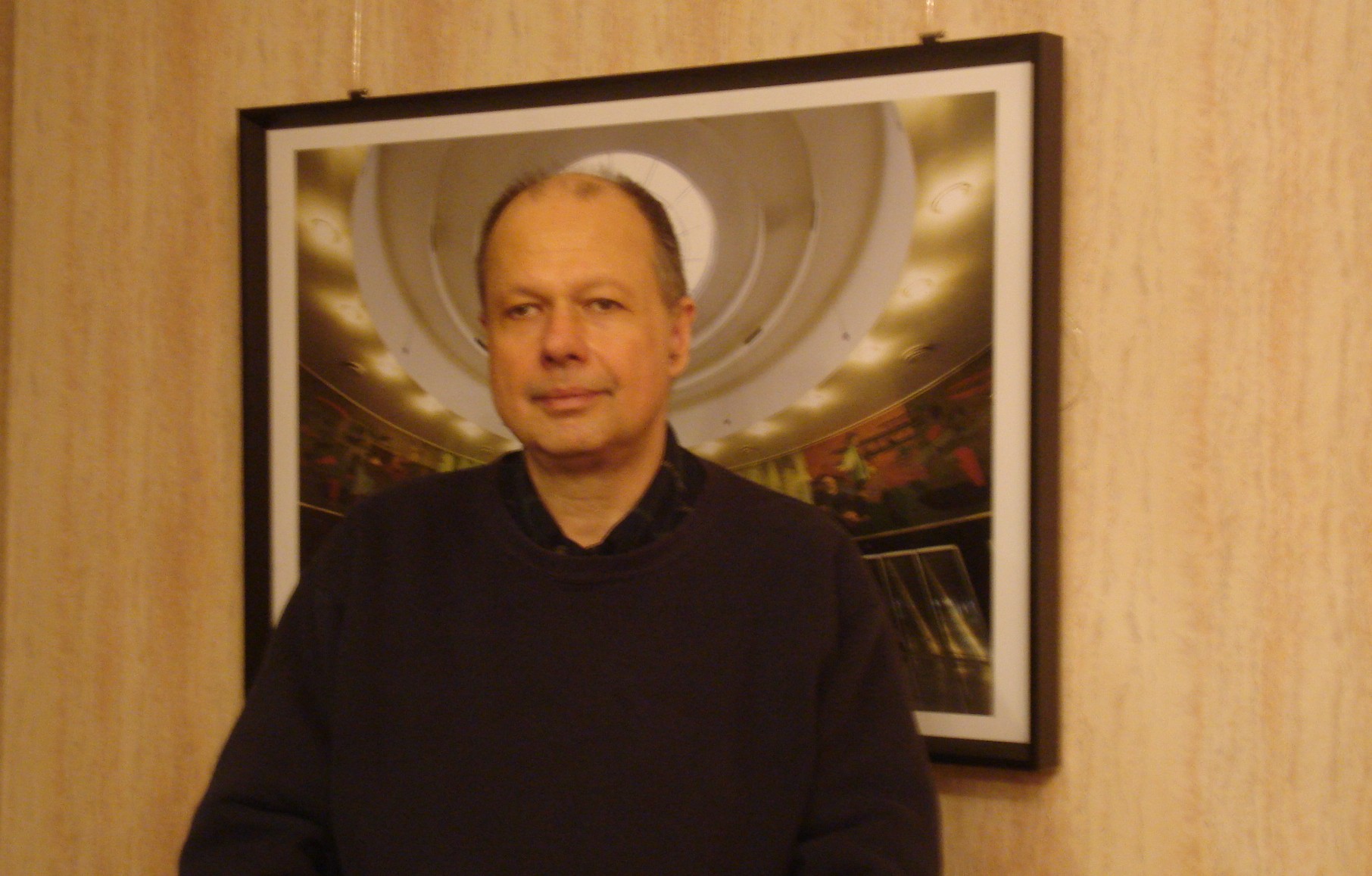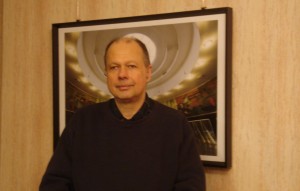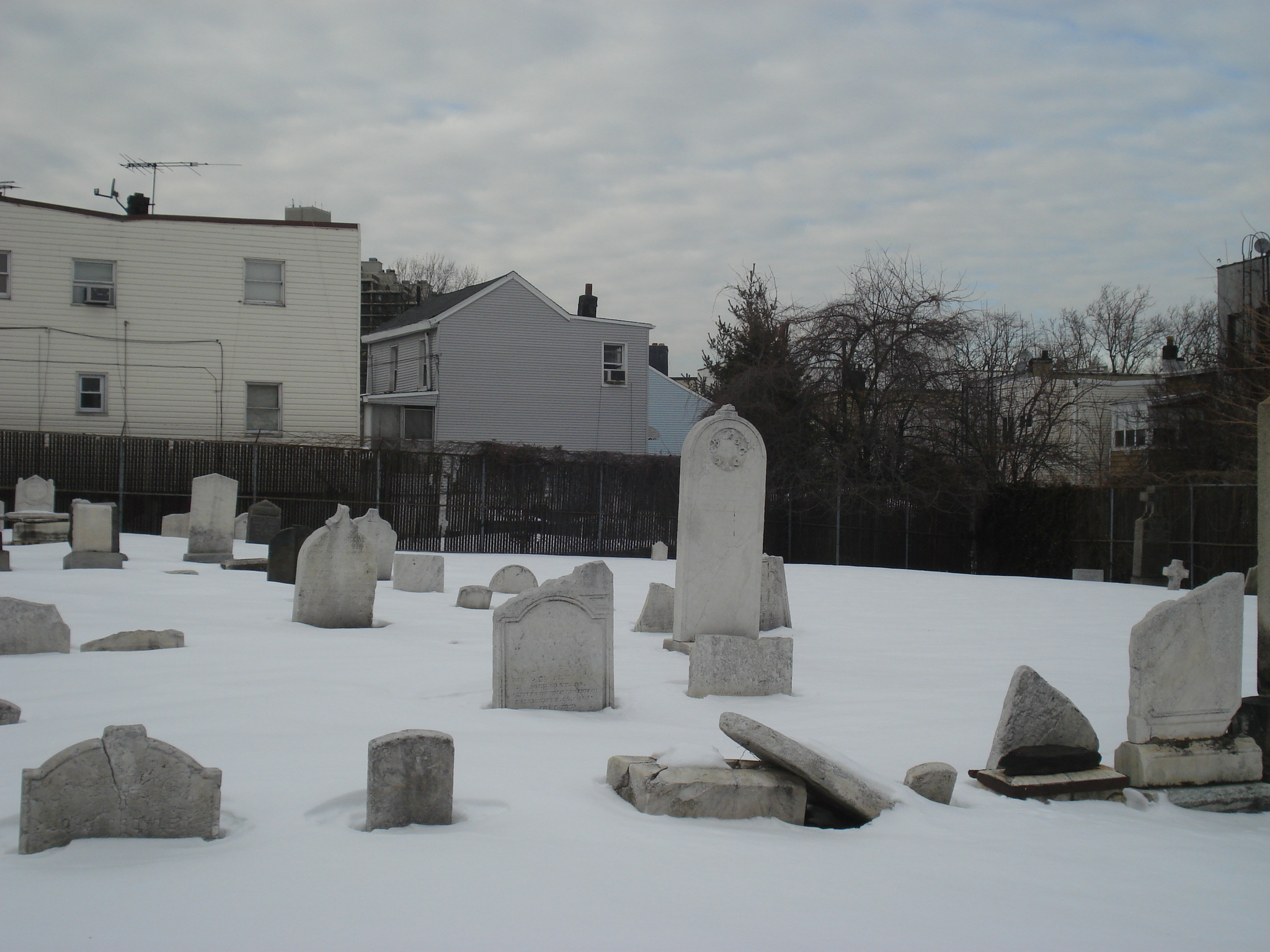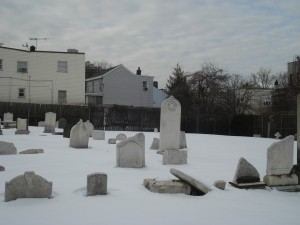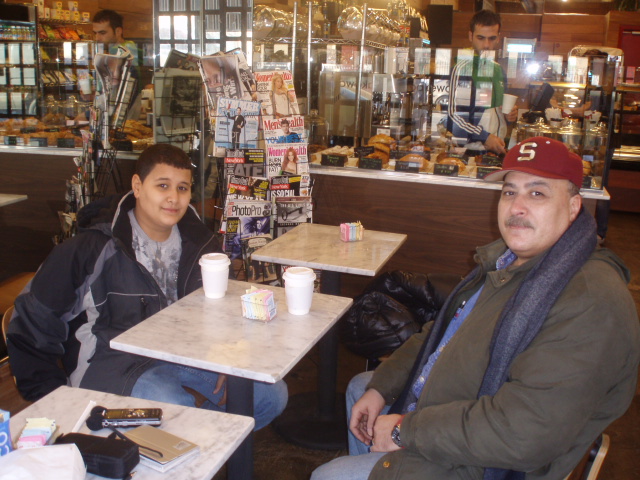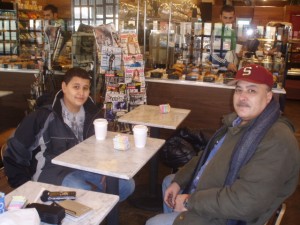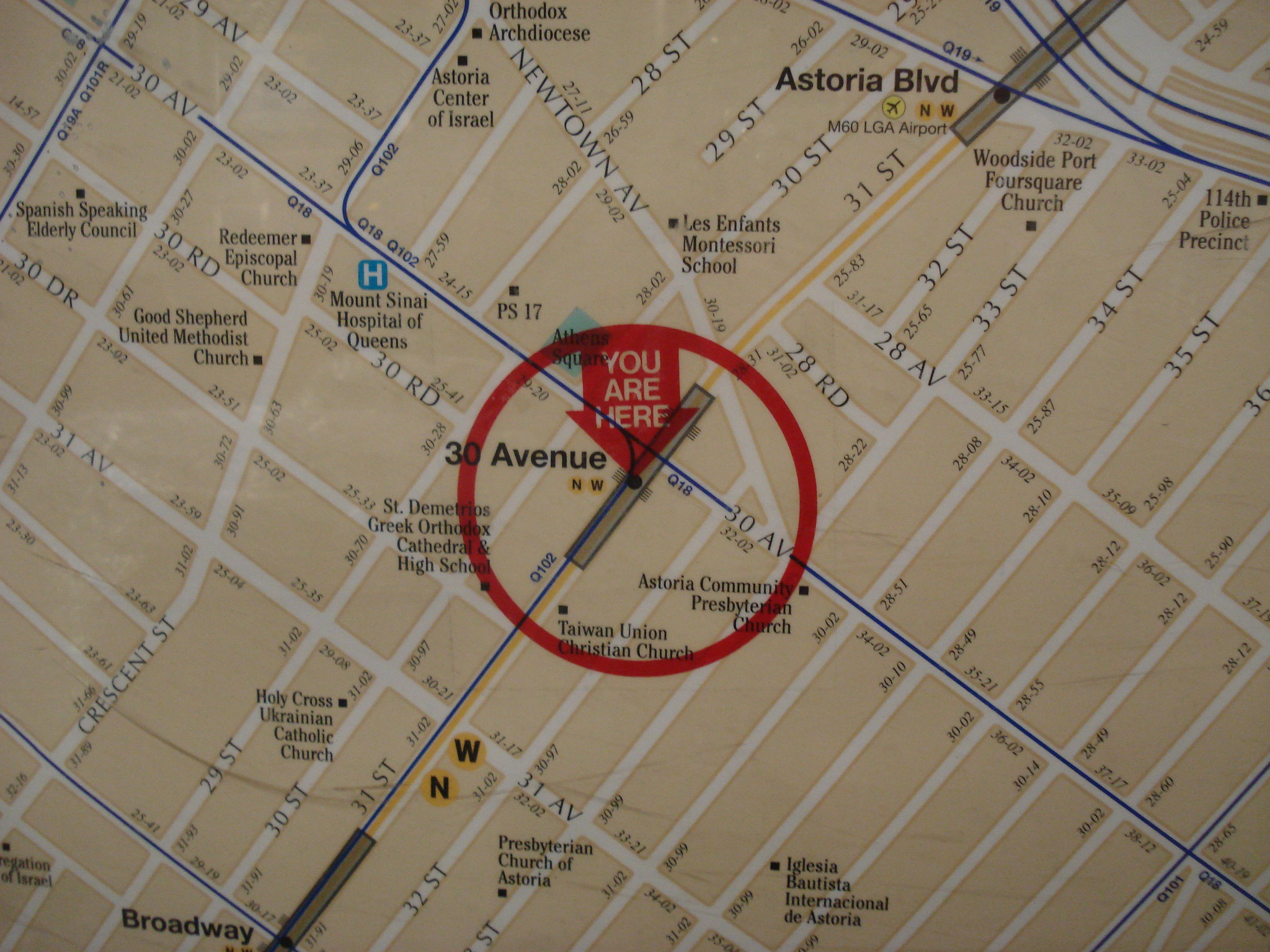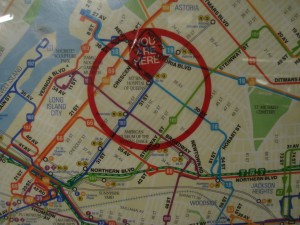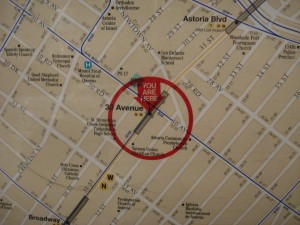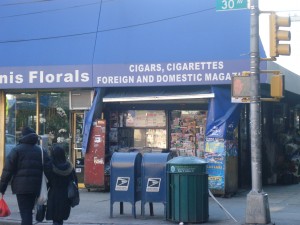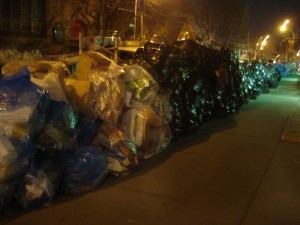Heather Petruzelli is a singer and voice teacher who has lived in Astoria since 1998. Singers have gravitated towards Astoria, she says, because it is relatively close to mid-town and the Upper West Side where a lot of concerts and shows take place. And it is affordable. Or was – rents now are going up and up. For the same reasons, many others live in Inwood and Washington Heights. “In 1998,” she says, “It was just starting to be the place where people would move instead of Brooklyn.”
Heather was brought up in New Jersey. Her step-grandparents lived in the West Village – she was mesmerized coming into the city in the 70s and 80s and always wanted to live in New York, even though “of course it’s not the same city as it was then.”
She resolved to be a singer from early on, but despite her trips into the city was not exposed to a lot of live music. “You would think that being this close to New York I would have been, but sometimes being the suburbs people just kind of get stuck. When I went to college to study voice all I knew was some musical theater and some things I had sung in chorus. When I did move to the city though, I went all the time. I was like a sponge.”
Heather teaches singing at Cap 21 and AMDA, as well as private lessons in her apartment. Before she started teaching at the two institutions it was hard to find students. “There are a lot of voice teachers. And sometimes people just don’t realize how easy Astoria is to get to. Especially if they live in Manhattan they don’t want to go to the outer boroughs. They think it’s like going to Connecticut or something, when in fact it’s just four stops.”
She teaches students from all over, drawn to New York as a musical center-of-the universe – though the tough reality of how few get anywhere near to realizing their dreams is drummed into them from day one at college, she says. Last year her students included people from Colombia, Ireland, Israel, Norway and Peru.
Sometimes she teaches up to 34-35 hours a week. She enjoys seeing her students’ potential, problem-solving with them, and helping them achieve what they want to achieve. The more she got into teaching, “the less I was driven to be in the rat-race” of performing professionally. “There are not a lot of opportunities for opera and I’m about ten years older than most people who are auditioning. Plus you have to have so much money and determination to be singing full time.”
When Heather does perform she loves Puccini. “That’s where my voice likes to go. There’s that kind of heart-on-your-sleeve thing going on. We don’t get to behave that way in real life. Story lines aside, there’s the music itself. It takes you on a ride that I don’t experience with other things when I’m singing. I love singing Strauss as well.”
Her top 30th Ave haunts are the Indian restaurant Seva, SAI Organics, Grand Café and the fruit and vegetable stores on the corner of 33rd Street. Like so many who live here she says the neighborhood is changing fast. “In the last five years you’ve seen the change, even more so just in the past year. The storefronts have changed dramatically. There used to be a lot more Greek-dominated businesses. Now there are more 20-30 somethings’ hip places. Like Sweet Afton, Mexi-Q and others. The area will become more homogenized and super-white. Unless the fish-markets and places like that can really hold their ground I think it could become like another Williamsburg. God I hope not.”
**************************************************************
Listen to Heather singing Tess’s Lament by Matthew Harris, with Astoria Symphony. The performance was at St Joseph’s Church on 30th Ave, Dec 18, 2011. The conductor was Adam Eggleston.

